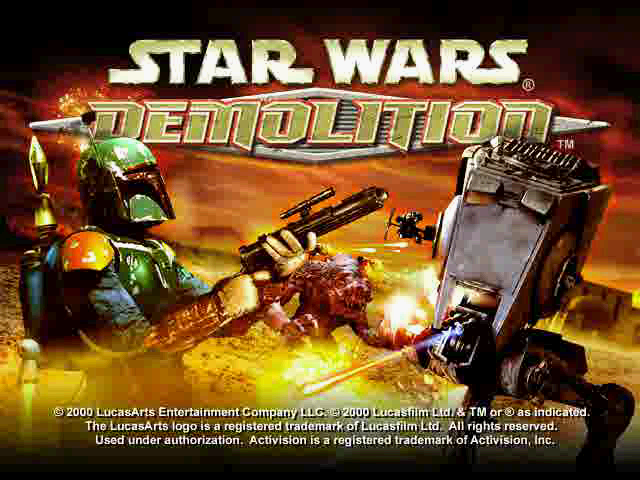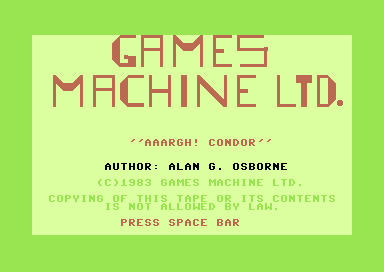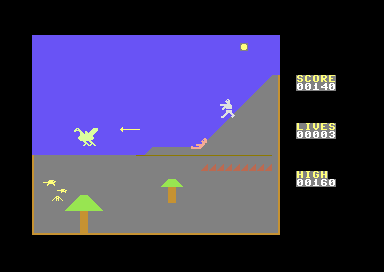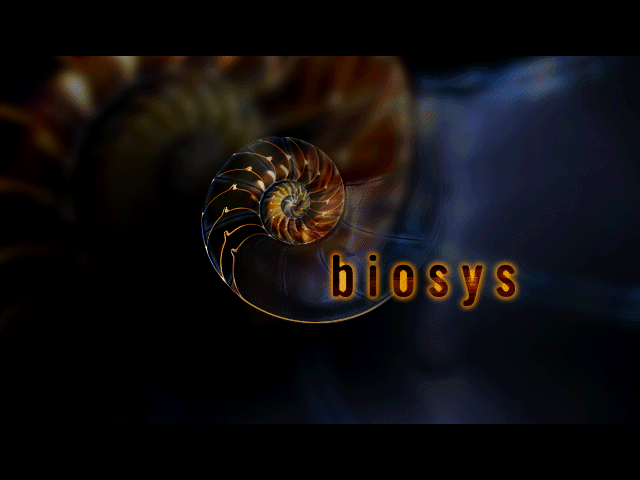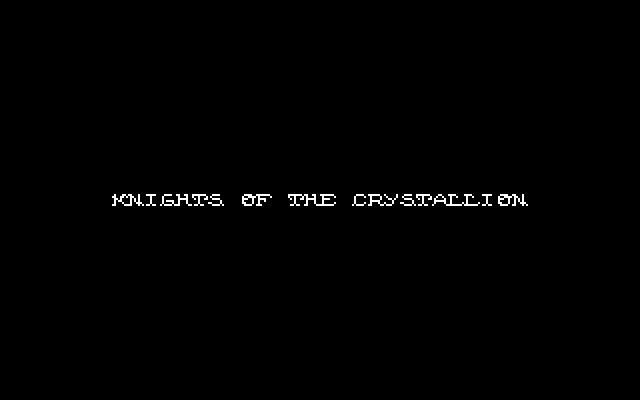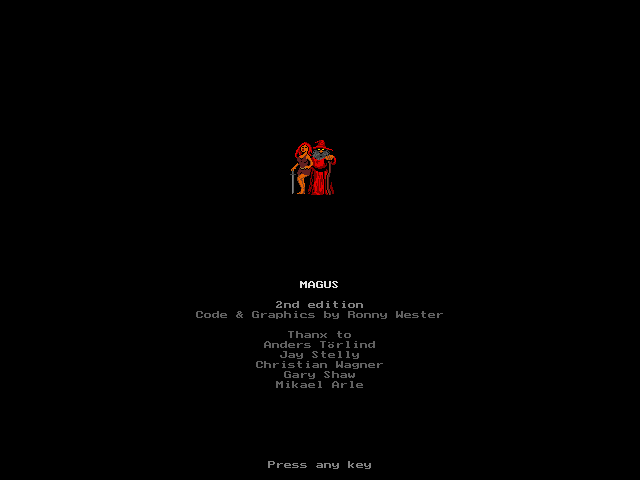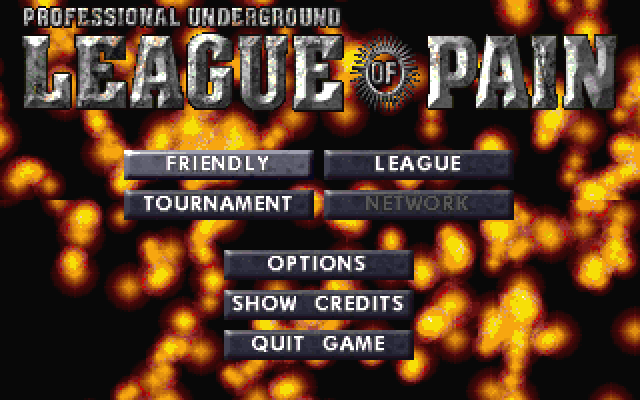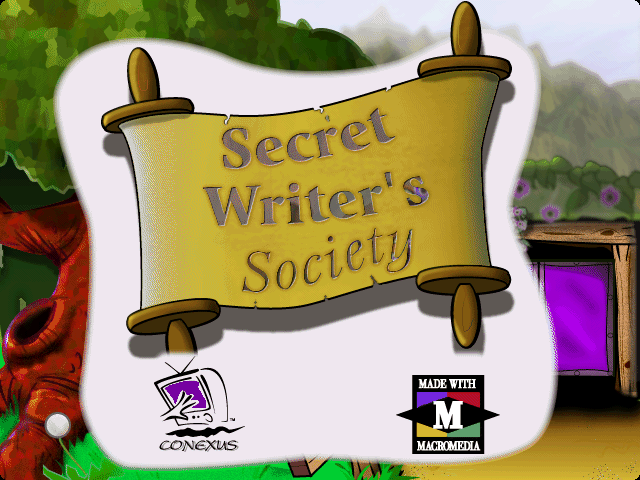Star Wars: Demolition 


When The Phantom Menace came out in 1999, it was the first Star Wars movie in 16 years. The franchise had been through a dormant period, and in the years leading up with a real new Star Wars film on the horizon, Lucasfilm launched a bombardment of merchandise, tie-ins, and spinoffs to support the brand. There had always been Star Wars games, and now there would be many more, encompassing a broad assortment of formats and genres like a fighting game, several strategy games, a CD-ROM encyclopedia, and a whole bunch of software for children under the new Lucas Learning label. After The Phantom Menace, the engine kept roaring.
At the same time, multiplayer car combat games were having a brief heyday. While the peak lasted only a few years, titles like Activision’s Vigilante 8, halfway between driving and shooting, acted like a edgy, destructive companion to the era’s kart racing games. Inevitably, the aggressive blockbuster merchandise campaign laid its sights on the hot new violent game genre, and so became Star Wars: Demolition.
Cars shooting each other, as you could imagine, is not a practical fit for Star Wars. The game goes through contortions to justify its existence, and it tries very hard to assemble a serviceable roster of characters and explain why they’re fighting on Dagobah or the Death Star. It just isn’t organic. It was never going to be. The pretense does at least give Demolition an opportunity to play with some Star Wars-ier ideas. » Read more about Star Wars: Demolition

